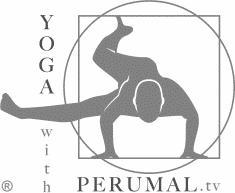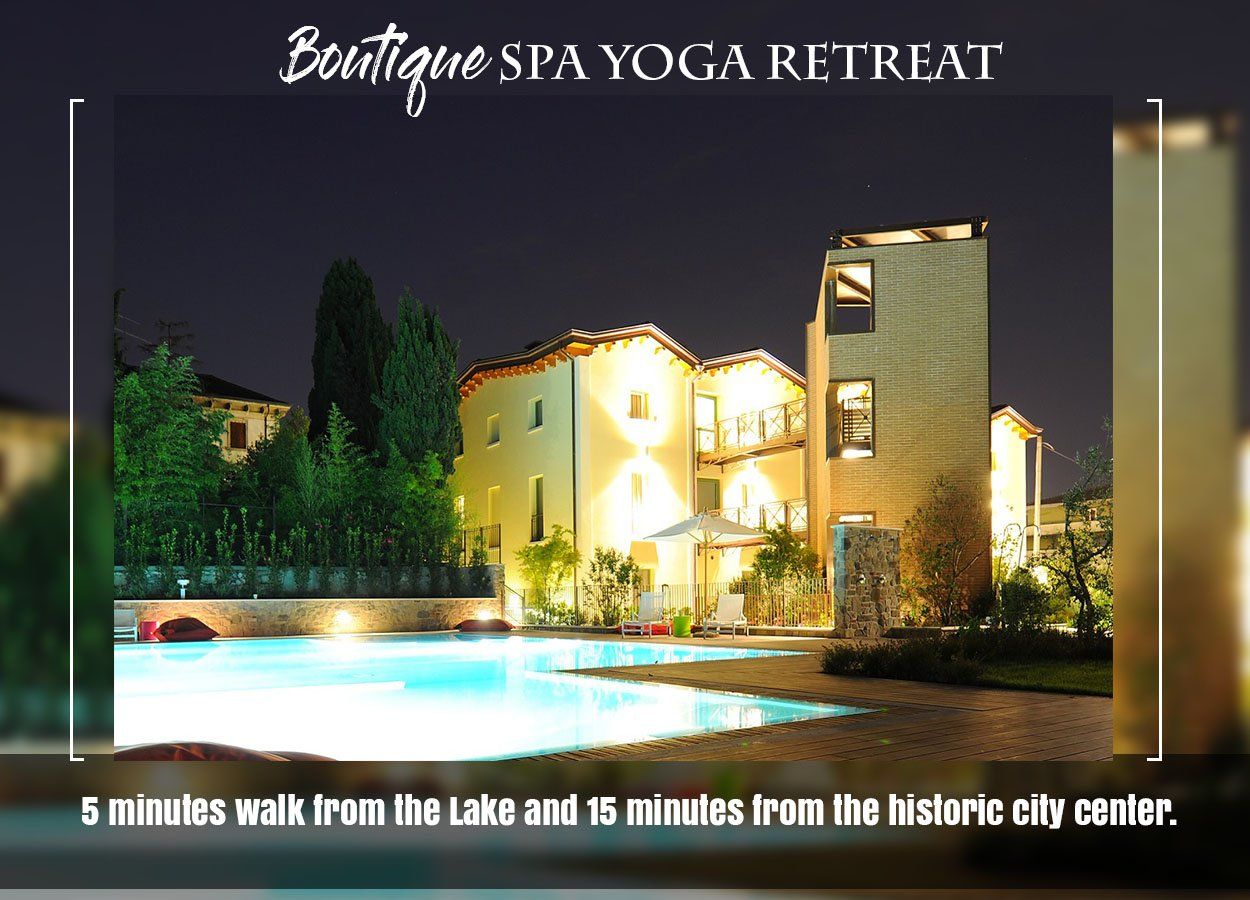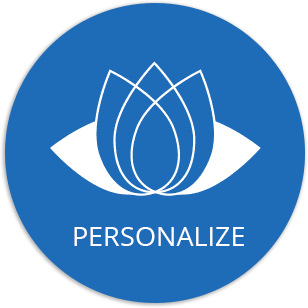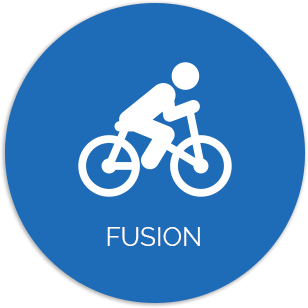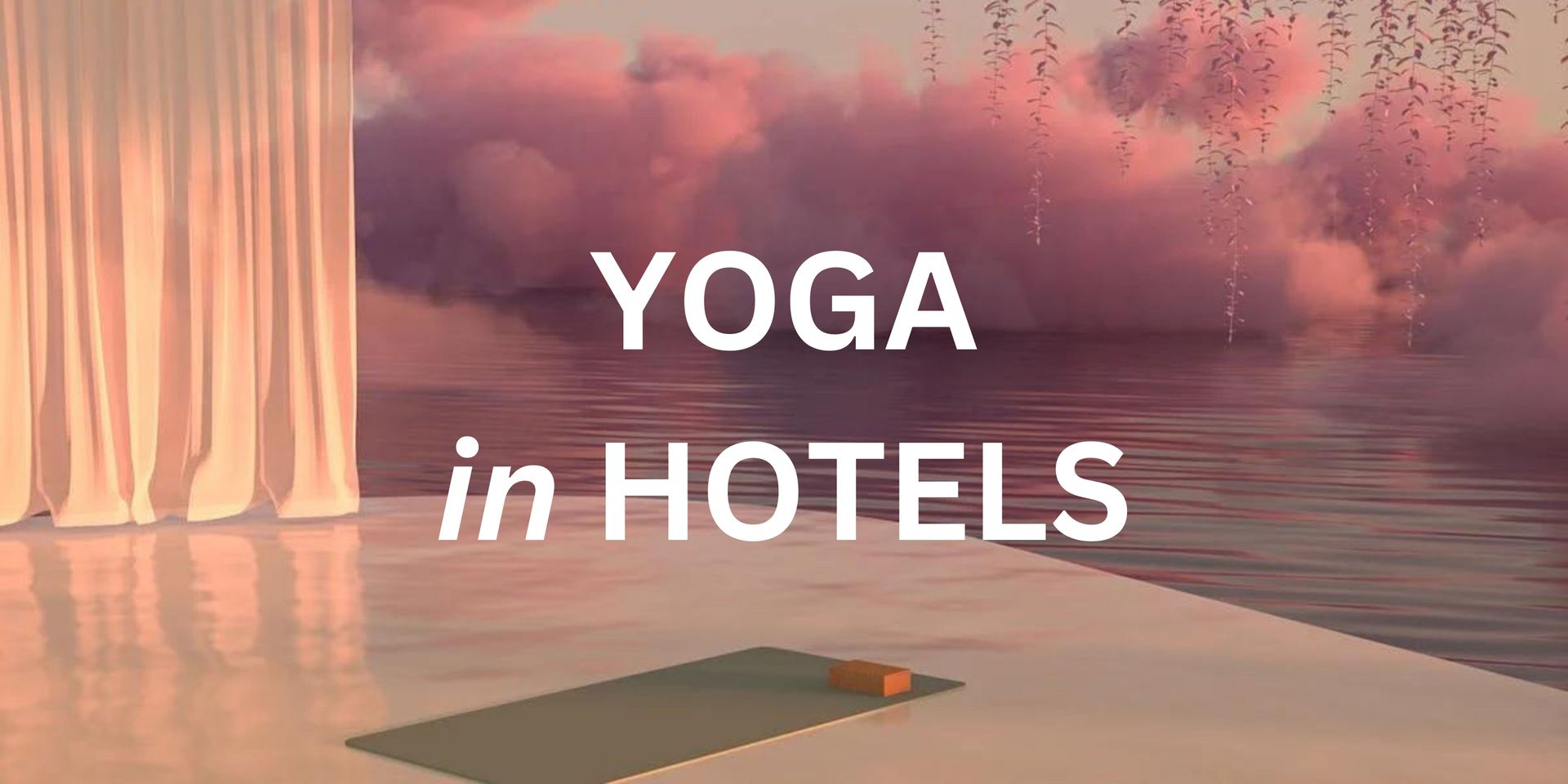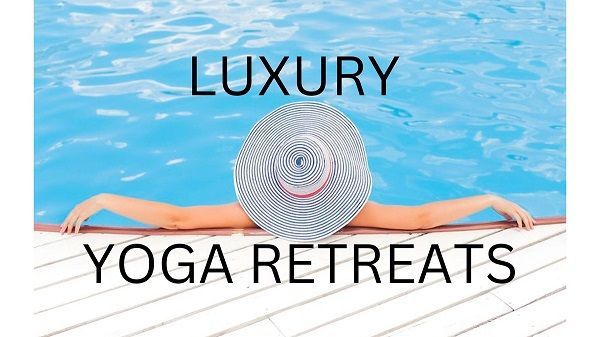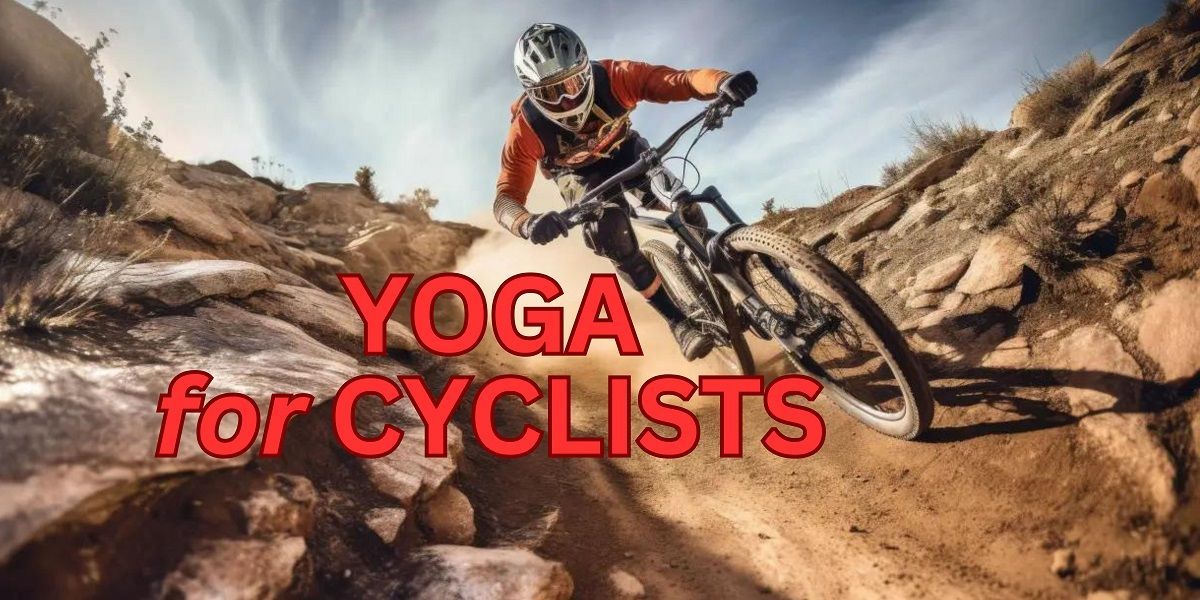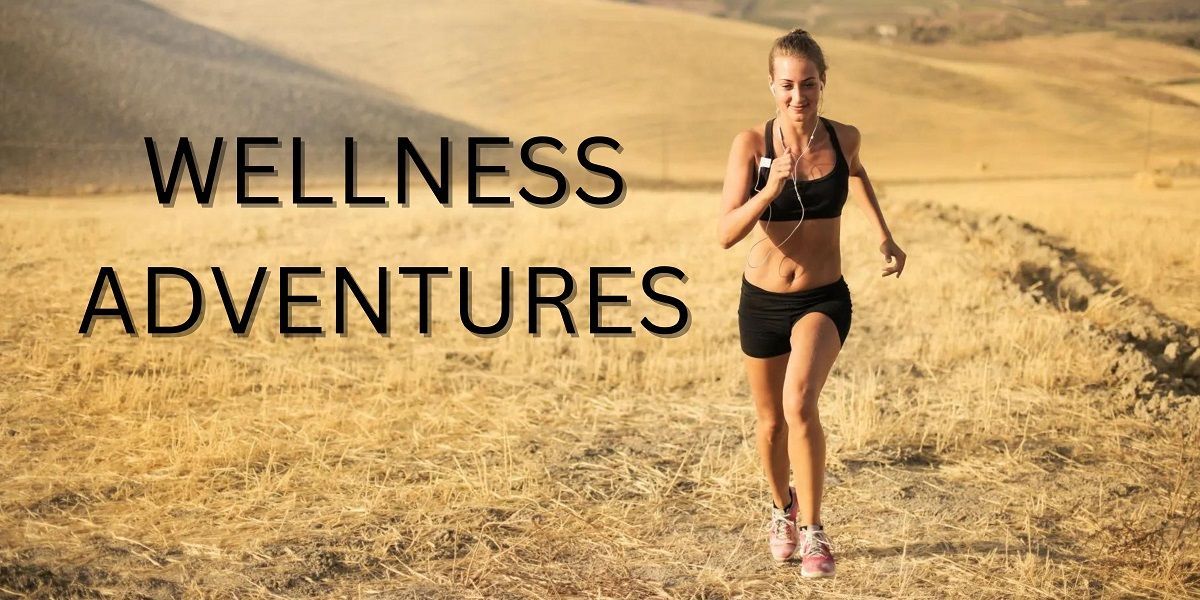TWO REFLEXES
GOLDEN RULE
TWO REFLEXES
Our yoga practices are influenced by the Myotatic Stretch Reflex and the Clasp Knife Reflex. Reflexes are not defined as having lightning fast reaction times. For example the ability to react fast enough to catch a glass just before it crashes to the floor. This is often interpreted as “good reflexes”. Reflexes are actually unconscious motor responses to sensory stimuli. They occur within the nervous system as an unconscious response. So while executing postures certain nervous system signals travel to the spine and back to the required part of the body the posture is influencing. Nothing is communicated to the brain itself. This is why reflexes are not conscious. How a posture is approached during a practice will stimulate the Myotatic Stretch Reflex or the Clasp Knife Reflex.

Slide title
Write your caption hereButton

Slide title
Write your caption hereButton
The Myotatic Stretch Reflex is also known as the knee jerk. At the doctor’s many may recall being seated on a table with the feet dangling over the floor followed by a rubbery hammer used to thump the knee. Immediately the foot pops up. This is the Myotatic Stretch Reflex in action. The doctor’s hammer taps onto the patella tendon which connects to the thigh muscles. This makes a mild tug onto the thigh muscles. When these muscles are tugged on receptors within the thigh known as “Muscle Spindles” are tugged on. The slightest pull on these muscle spindles activates the reflex. Instantly within a fraction of a second a signal from the area is sent to the spine followed by another signal back to the thigh causing the thigh to contract.
How does the reflex help us? For example water skiers would collapse quickly at every small bump their skies pass over. Instead the bumps pull the muscle spindles within the quadriceps causing unconscious muscular contractions of the thigh to keep skiers from falling. How may this affect a yoga posture? When this reflex is overly stimulated the muscles involved shorten and become less flexible. Runners mildly stimulate this reflex in their legs with every step. Running across a crosswalk is not a concern. It is the thousands of impacted steps over a thirty minute run that stimulates the reflex enough times to tightened and shorten muscles. Most avid runners can agree that flexibility tends to be an issue in their legs. This is why it is advisable to avoid jumping and bouncing in and out of postures and sequences such as Sun Salutations. Practicing yoga with a lot of pizazz and bounciness triggers the Myotatic Stretch Reflex making it harder to open and lengthen the muscles for deeper stretches.

Slide title
Write your caption hereButton

Slide title
Write your caption hereButton
On the other hand the “Clasp Knife Reflex” causes muscles to relax. Certain pocket knives when folding the blade back into the handle resists closing up to a certain point. After this point the blade snaps into place. Similarly our muscles resist stretching and then open up and relax for a deeper stretch. The Clasp Knife Reflex occurs when receptors within the tendon that are connecting the muscles of concern to the bone become stimulated through steady pressure. The receptor known as “Golgi Tendon Organs” signal the spine to send another signal back to the muscle the tendon is connected to. The signal sent to the muscle requires it to relax.
The main way this reflex works is best seen in weight training. Those who bench pressed will notice that when pushing to failure the arms quite almost instantly at the failure point causing the bar to lower back to the chest requiring the spotter to help. This is because at the point of failure the Golgi Tendon Organ signals to have the muscle relax. If this relaxation signalling of the muscles did not occur then the tendon receiving too much pressure would tear. So avoid tears by training in all activities at no more than 80% of the maximum. Despite this commonly known example of the Clasp Knife Reflex we also use it within yoga. The best example is when waking first thing in the morning to do a forward bend with the knees slightly bent while hugging the quads. Slowly extend the knees and hold with a firm stretch for 30 seconds. Release the pose and return after a minute to see how much looser it is with the knees straight. The difference experienced in how far it is possible to bend is a measure of the effect of the clasp knife reflex.

Slide title
Write your caption hereButton

Slide title
Write your caption hereButton
To follow the guidelines of the reflexes it is not necessary to know the anatomy. Hold stretches without bouncing and moving through dynamic sequences without force and flair. Enter and exit a yoga posture slowly and smoothly. Then while holding yoga postures remain in a space of stillness. Without knowing anatomy the reflexes will be worked with and the yoga practice will improve with fewer chances of injuries. A regular yoga practice done over long periods creates an intuitive sense of the two reflexes.
YOGA RETREATS
ITALY
MOROCCO
Follow us
© 2023 Perumal Koshy | All Rights Reserved
© 2024 Perumal Koshy | All Rights Reserved
